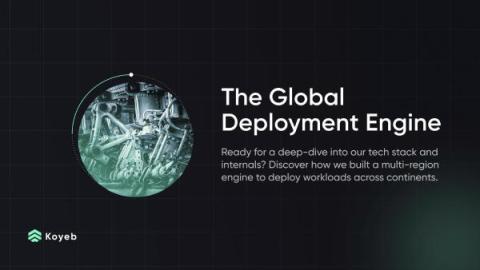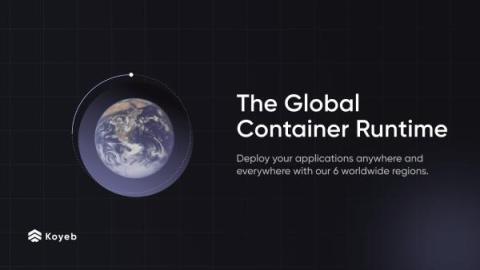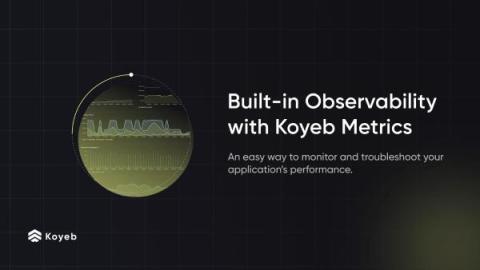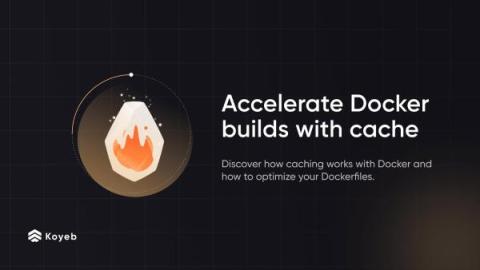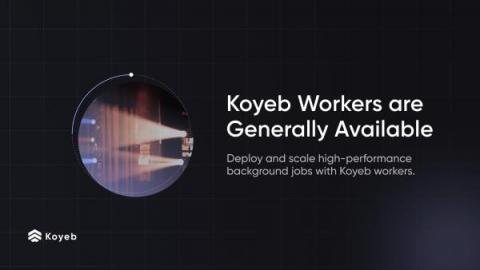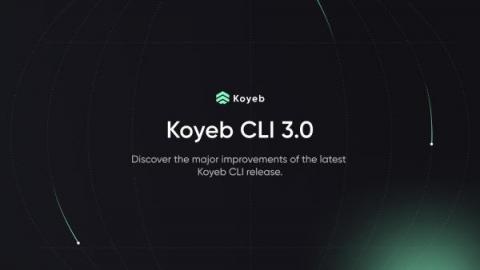Systems | Development | Analytics | API | Testing
Serverless
The Global Deployment Engine: How We Deploy Across Continents
We previously explored how we built our own Serverless Engine and a multi-region networking layer based on Nomad, Firecracker, and Kuma. But what about the architecture of the engine that orchestrates these components across the world? This is an interesting topic to work on and we thought it could be useful to share some internals out there. Put on your scuba equipment, this is a deep dive into our architecture and the story of how we built our own global deployment engine.
The Global Container Runtime: Six Regions to Deploy Apps Anywhere and Everywhere
We're excited to announce not one but… 4 new regions in public preview! Everyone with Starter access or more can now deploy simultaneously across our 6 regions in EU, US, and APAC in literally 1 minute.
Top 5 Best Practices for Building Event-Driven Architectures Using Confluent and AWS Lambda
Confluent and AWS Lambda can be used for building real-time, scalable, fault-tolerant event-driven architectures, ensuring that your application logic is executed reliably in response to specific business events. Confluent provides a streaming SaaS solution based on Apache Kafka® and built on Kora: The Cloud Native Apache Kafka Engine, allowing you to focus on building event-driven applications without operating the underlying infrastructure.
Koyeb Metrics: Built-in Observability to Monitor Your Apps Performances
At Koyeb, we're working to build the most seamless way to deploy apps to production without worrying about infrastructure. But there's still plenty to keep you busy at the application layer with performance tuning and troubleshooting. That's why we're introducing Metrics — an easy way to monitor and troubleshoot application performance. Deploying on Koyeb makes thinking about infrastructure or orchestration unnecessary.
Accelerate Docker builds with cache
Speed and efficiency are paramount during the build process. If you use a Dockerfile to build your container images from source code, you want to know about build cache. In this blog post, we’ll talk about what happens when you create a Docker image using a Dockerfile, how caching works with Docker, and how to optimize your Dockerfiles to maximize the benefits of build cache with Docker and on Koyeb.
Dockerfile Deployment on High-Performance MicroVMs is GA
Today, we are excited to announce the support of Dockerfile based deployments in general availability. You can now deploy any GitHub repository that contains a Dockerfile across all our locations worldwide. It can be used to deploy APIs, full-stack applications as well as workers with no extra cost. Building and deploying using Dockerfiles offers more flexibility: you can deploy any kind of application, framework, and runtime, including with custom system dependencies.
Deploy and scale high-performance background jobs with Koyeb Workers
Today, we are thrilled to announce workers are generally available on Koyeb! You can now easily deploy high performance workers to process background jobs in all of our locations. It's now simple to deploy workers from a GitHub repository and rely on our built-in CI/CD engine: simply connect your repository and we build, deploy, and scale your workers on high-performance servers all around the world.
Inspect TLS encrypted traffic using mitmproxy and wireshark
I had the chance to finally sit down and find a way to inspect TLS traffic flowing out of an application running on my machine. Although I did not invent anything, I needed to put together a lot of different tricks in order to succeed, and the documentation I could find online regarding this process is scattered, at best. So, here we are with a guide on “how to inspect TLS encrypted traffic without going nuts”. Hope you enjoy!
Koyeb CLI 3.0: Better flows, improved troubleshooting, and reworked foundations
We are happy to announce the release of the Koyeb CLI 3.0! This release brings three crucial improvements: Smoother flow for creating and updating services, reworked error messages to ease troubleshooting, and a new foundation to continue building out our CLI. If you want to get started using the Koyeb CLI to deploy your services and applications worldwide directly from your terminal, read the Koyeb CLI documentation and CLI reference.



